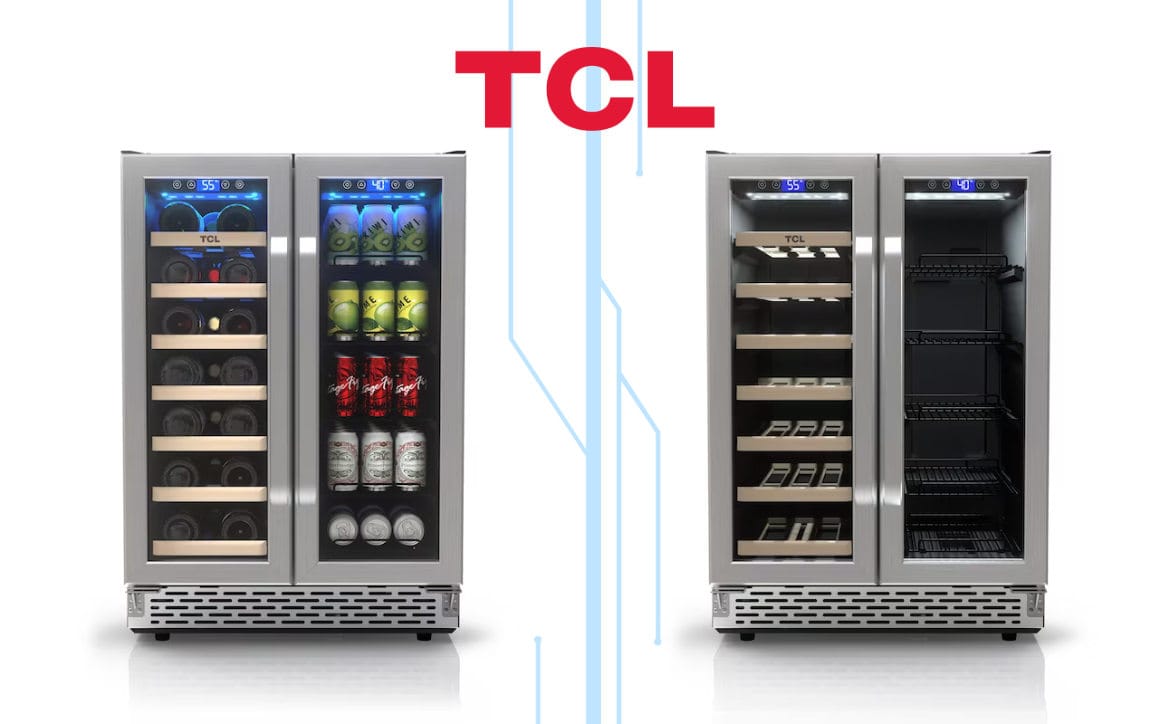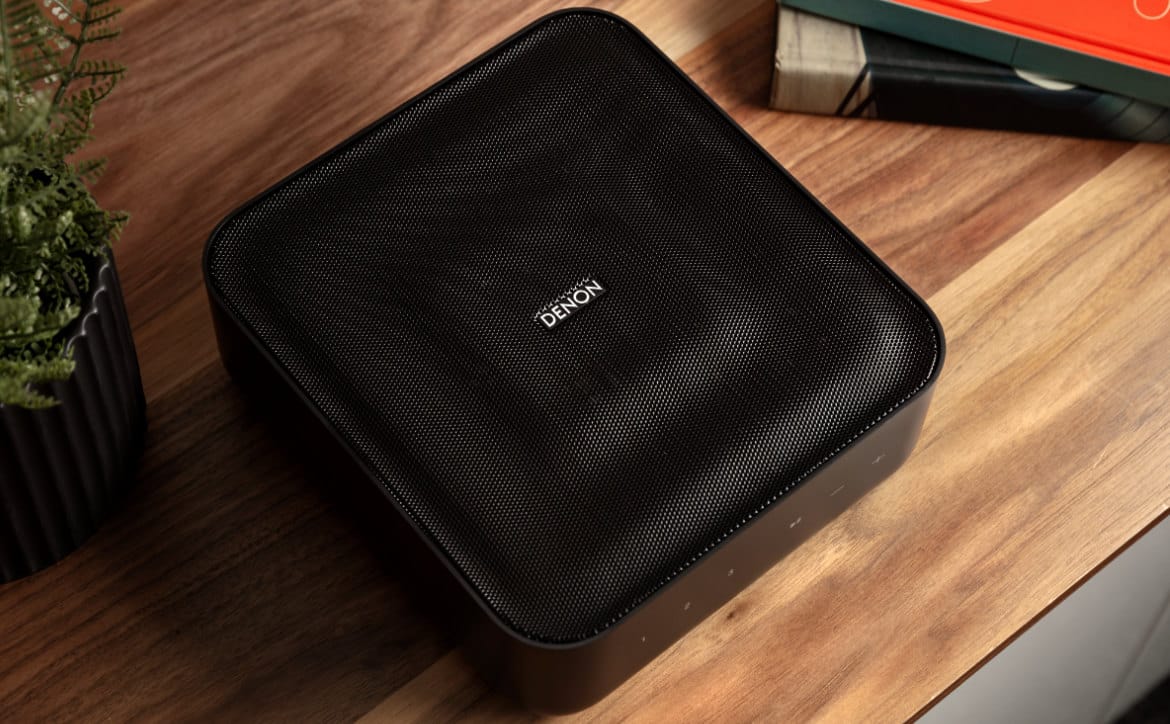Technology is reshaping the way we work. Thanks first to the internet and later to apps on our smartphones, we can find employment at the click of a button. This has allowed people to work extra when they need it, and those people who work in addition to a regular job earn on average $1122 a month doing additional gig work. But just because the technology is new doesn’t mean the work is new – people have been doing gig work for as long as there has been work, though the term ‘gig’ was coined by jazz musicians around the turn of the last century.
Gig workers who are using the gig work economy as their primary source of income fall into several different categories. Around 30% do it because that’s what they want – they can pay all their living expenses and have their basic necessities covered working a flexible gig job. Unfortunately, 16% of those working full time in the gig economy are doing so reluctantly. They would rather have full-time employment, but this is the best they can do right now.
This dichotomy shows the major differences between these categories of people working in the gig economy – those who do so because they want flexibility and those who do so because they don’t have a choice. As the economy changes, the gap between the two groups of people will grow more pronounced. While there are ongoing legal battles over who pays for accidents and liability coverage, the question of how people will get health insurance and other benefits of traditional employment still looms.
Gig apps like Uber could add $2.7 trillion to the global GDP and increase global employment by 72 million. Learn more about the history and future of the gig economy and how it will affect gig workers for years to come below!

What do you think of gig work? Let us know in the comments below or on Twitter, or Facebook. You can also comment on our MeWe page by joining the MeWe social network.
Last Updated on February 3, 2021.











Comments are closed.